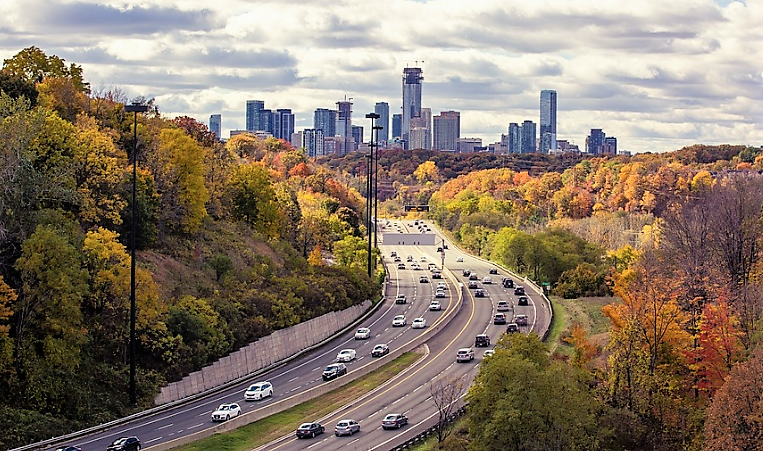In the politically divisive atmosphere of Washington, it is hard to name a single “problem” in which both parties are more united to solve than the issue of our crumbling highways and bridges and how to adequately fund their repair. Much of the system is overdue for a much-needed upgrade. Anyone who has been driving a car or truck during the last several years has felt the deterioration. Our roads are cratered with potholes, our bridges are rusting and crumbling under the weight of growing traffic volumes, and traffic congestion has produced daily gridlock in many of our cities.
First promoted as a way to rapidly move troops and thereby improve national security, President Eisenhower pushed Congress to fund a network of interstates and bridges in the 1950’s. Much of the actual construction took place during the ‘60’s. Minimal upgrading in the interim has resulted in our transportation infrastructure dropping from its worldwide ranking of No.1 in 1995 to No.9 in 2018, according to the World Economic Forum.
The Highway Trust Fund – new methods for funding are needed.
The Highway Trust Fund was set up by Congress to help pay for improvements to infrastructure. Funded by modest fuel taxes, it worked well for decades. However, the improved fuel efficiency of vehicles (and the introduction of electric and hybrid model cars) has put a stranglehold on the flow of funds into the Highway Trust Fund. It has led some to look for new, innovative 21st Century ways to pay for road improvements.
Many think the solution lies in taxing the miles being driven by consumers instead of the fuel being purchased. Several states, including Oregon and California, have been at the forefront in testing this method as a way to fund their own road improvements. Other states exploring this concept include Washington, Colorado, Utah, and Minnesota.
A road user charge would ensure every user, including those hybrid and electric cars and trucks, pay their fair share to the Highway Trust Fund. Variable pricing based on time of day and traffic volume would also add to the funding while helping to reduce congestion. This is already in use in congested areas, such as Northern Virginia, Miami, and San Diego.
While these long-term solutions are good, an immediate increase in funding is needed.
Many believe a national road user charge is several years away from implementation. In the interim, fuel taxes need to be increased and indexed to inflation.
Whether it is 21st Century ideas such as road usage or variable pricing or immediate increased funding through higher fuel taxes, DriverSource supports efforts that will enhance a smooth ride for truckers everywhere while getting our infrastructure back to No.1.
Bill D for DriverSource


